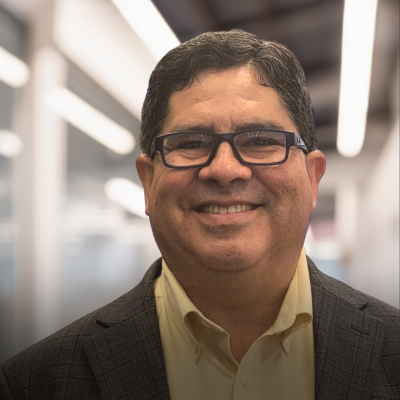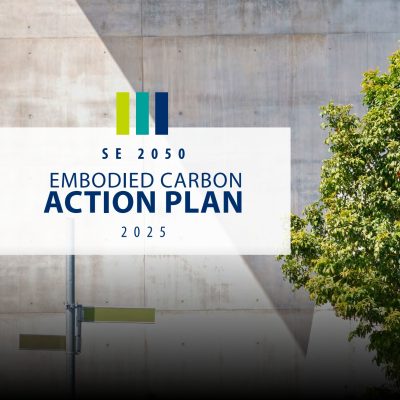A New York Times article published on Thursday, June 14th, paints a somewhat bleak picture of the seismic performance of steel moment frame buildings built before 1994. This is an informative article that correctly points out that this class of buildings do not meet present earthquake design standards.
We believe this article warrants some context. First, the article does not discuss the relative performance of older steel moment framed buildings with respect to other older construction types. In the 1994 Northridge earthquake, none of the damaged steel framed buildings collapsed, however, several concrete and wood buildings did collapse. Second, in our experience the seismic performance of steel moment frame buildings of this era varies greatly, since the designs are all unique in many important aspects that affect their performance. We have encountered tall steel moment frame buildings in San Francisco, in this period, that were designed for better than the code minimum requirements or had other design conditions which led to more robust framing layouts which alleviate some of the issues related to the connection issues discussed in the article.
Since we continually learn from structural performance in actual earthquakes and from ongoing earthquake engineering research, virtually no building designed prior to the 1990’s is expected to perform in a manner that is fully consistent with those complying with today’s building codes. The NYT article focuses on the performance of steel framed buildings in the “big one,” which translates to the Maximum Considered Earthquake (approximately magnitude 7.9) for which new buildings are designed with a low likelihood of collapse. In San Francisco, that earthquake has approximately a 3 to 5% chance of occurring in the next 50 years. It is a very rare (occurs on average once about every 1000 years), but exceptionally damaging, earthquake. The article does not discuss the performance of these buildings in earthquakes with more frequent probabilities, such as 10% in 50 years, which would be the design earthquake in San Francisco for new construction. In fact, none of these steel framed buildings are postulated to collapse in the Magnitude 7.0 Hayward Fault earthquake used in the USGS funded “Haywired” study that was a main reference cited in the article. This matches the performance of these buildings in the 1994 Northridge earthquake, and our experience evaluating high-rise steel framed buildings. In less rare, but still large earthquakes the damage to these buildings will likely be more extensive than a new building, requiring costly and disruptive repair.
An important point that the article does not discuss is the relative performance of steel moment frame buildings of the era discussed in the article with respect to other older construction types. In the 1994 Northridge earthquake, no steel framed buildings collapsed, however, several concrete and wood buildings did collapse. Other articles have discussed the collapse risk of older concrete buildings. In almost all previous earthquakes steel framed buildings, including those with these weld defects identified in the article, have performed better in aggregate than other construction types. In fact, the San Francisco Earthquake Safety Implementation Plan prioritizes evaluation and retrofit of older concrete buildings to older steel framed .
Whether a building is safe enough is a complicated question, and requires consideration of many factors beyond the structural system and location of the building. Sometimes the cost or tenant disruption to retrofit a building to meet high standards set for new buildings may not be possible, but targeted retrofit measures can significantly improve the buildings’ performance. Such strategies can sometimes be implemented in a phased manner over time to minimize disruption to building occupants or to spread out the cost. The best course of action is to begin with a building-specific seismic assessment. This can be done using a national consensus standard such as ASCE 41 Seismic Evaluation and Retrofit of Existing Buildings or by using more advanced methods that quantify the building’s potential damage in terms of repair cost and time to return to function. Once the existing performance has been understood, then discussion of acceptable damageability and safety can be discussed in the context of a specific older steel framed (or any other) building.



